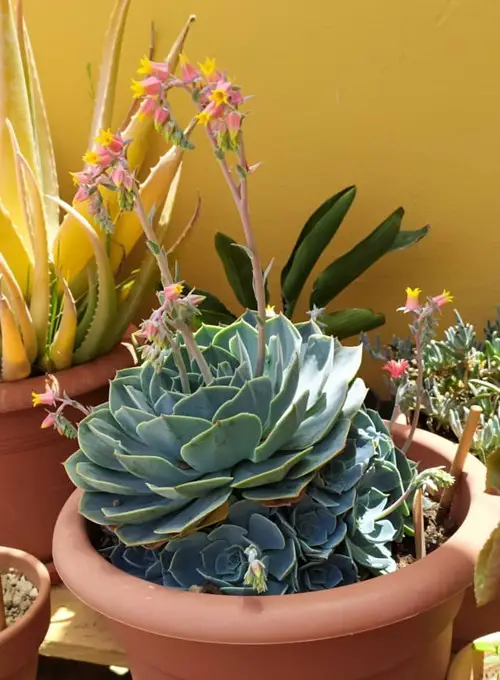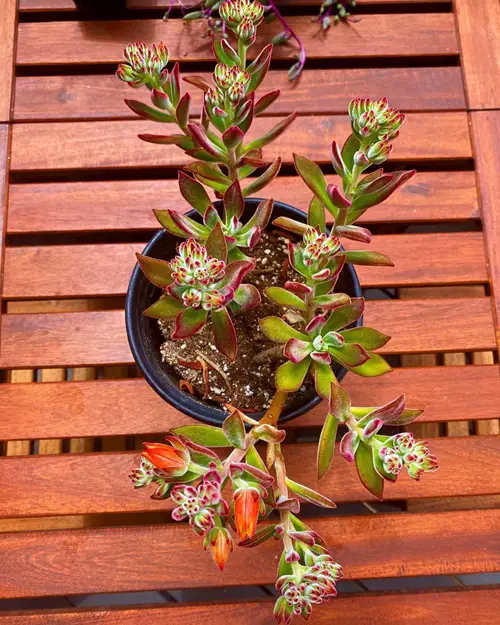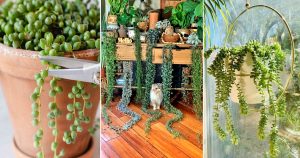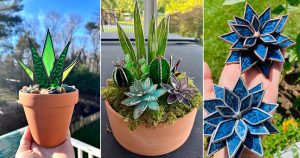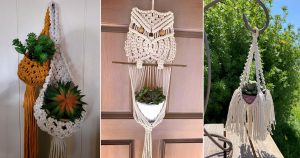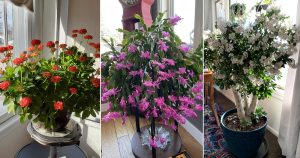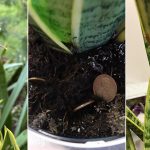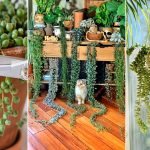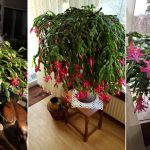Are you wondering if trailing Echeveria succulents exist? Meet the varieties here and the third one might even surprise you!
Echeverias are admired for their tidy, rosette shapes, and yet some varieties are like a cherry on the cake by adopting trailing habits gracefully. However, there are only a few trailing Echeveria succulents available. So, we hope this article will help you discover some of them.
Trailing Echeveria Succulents
1. Mexican Snowballs
Botanical Name: Echeveria elegans
One of the most popular varieties of Echeveria succulents, the Mexican Snowballs also goes by several names like White Mexican Rose or Mexican Gem succulents, and so on. Native to Mexico these beauties are commonly seen in semi-desert habitats across the country and are well known for being extremely low-maintenance and ideal for both growing as houseplants and garden plants.
Their thick, fleshy blue-green leaves form tight rosettes, which—after a little maturity—start trailing just enough to give them a stylish, spilling-over effect. Perfect for anyone who wants a plant that looks good without many demands!
2. Ghost Echeveria
Botanical Name: Echeveria lilacina
The Ghost Echeverias are attractive, slow-growing succulents with fleshy, silver-grey with a hint of purple or pink at the edges of the foliage.
Echeveria lilacina, with its pale lilac tones, sometimes develops a trailing appearance as it grows in clumps and tends to trail downwards in a layered effect. Just avoid overwatering, as this succulent can be sensitive to moisture. And, allow the soil to dry out between watering.
3. Set Oliver Echeveria
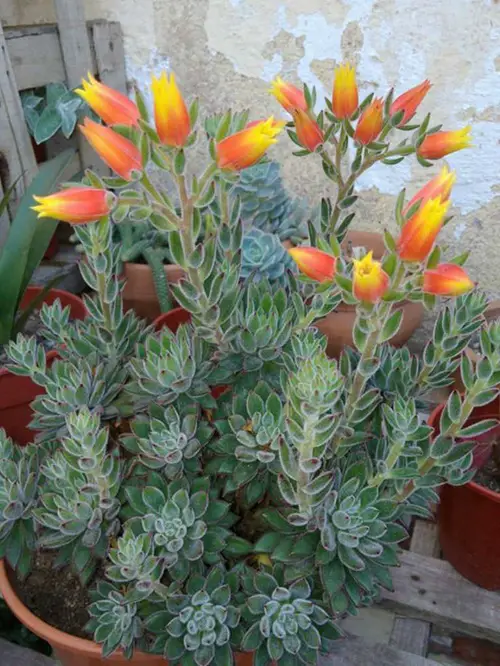
Botanical Name: Echeveria setosa “Set-Oliver”
This hybrid variety stands out with its tight rosettes of soft, hairy foliage at the ends of its branches. It can reach up to 12 inches (30 cm) in height and the edges and tips of the beautiful lime-green foliage have a touch of redness!
Echeveria setosa bears tiny red flowers with yellow edges and interiors on long slender inflorescences in the late spring season. This is when its trailing nature flourishes abundantly and placing them in beautiful hanging baskets enhances more to it!
Fact: This variety’s tiny hairs protect it from intense sunlight, so it’s hardier than some other Echeverias.
4. Red Echeveria
Botanical Name: Echeveria harmsii
Blessed with contrasting bright shades of green and red foliage, the Red Echeveria has an undeniably beautiful appearance. It has an upright yet sprawling nature and develops offsets that spill over time, giving it a semi-trailing effect.
Besides, it has a petite rosette pattern and blooms in red, bell-shaped flowers produced in slender stalks during the spring season. Bright sunlight brings out its red color. So, give it a sunny spot for the most vibrant foliage.
5. Painted Lady Echeveria
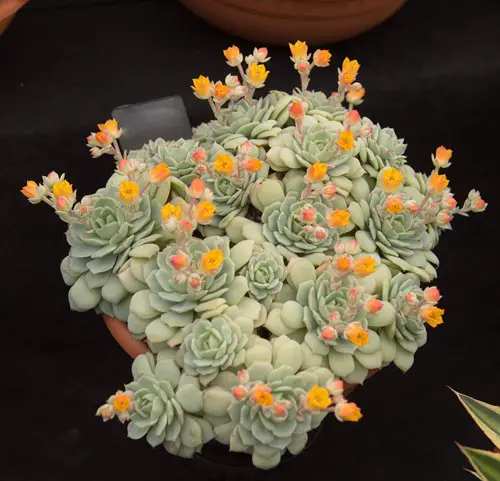
Botanical Name: Echeveria derenbergii
This beauty hails from Mexico with a low-growing nature, forming gorgeous rosettes in blue-gray foliage that have red margins. Also, Painted Lady succulents have a trailing habit because they produce offsets very rapidly.
They flourish in a well-drained potting mix under full to partial sun exposure and can be grown as a houseplant as well. To add a zest to your rock gardens, welcome these succulents without any doubt.
Caution: Just make sure about good air circulation, as its dense offsets can sometimes attract pests in humid conditions.
6. Blue Rose Echeveria
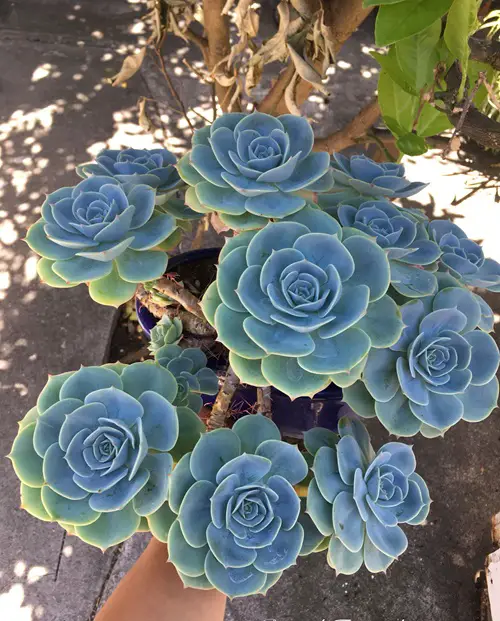
Botanical Name: Echeveria x imbricata
This beautiful Echeveria with majestic rosettes is bound together with large, fleshy, and round foliage coming to a point at the tip. Generally, the foliage is green with a pretty blueish tinge. But with extended exposure to bright sunlight, the edges develop a pink halo!
These glorious beauties have a clump-forming nature, that forms close to one another. When grown in hanging baskets, they bring out the best appeal with a slight trailing habit.
So, here you are at the end hopefully deciding which ones to pick and how to use them in decors. However, we will be glad to know how you are going to use them in your garden or indoor space.


